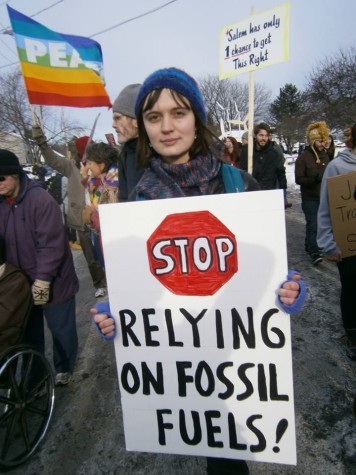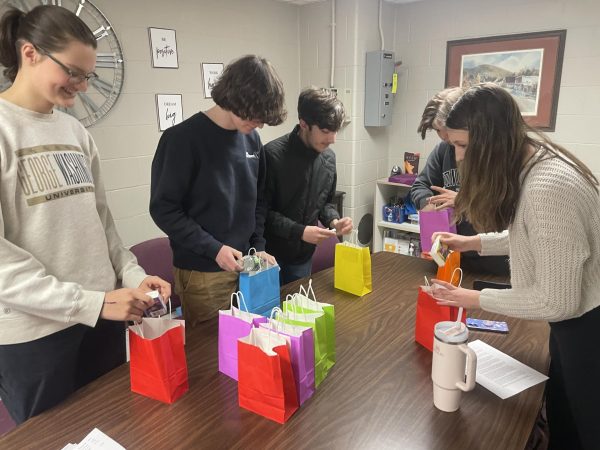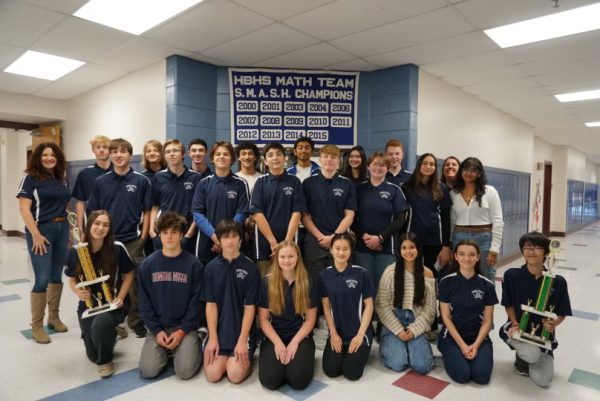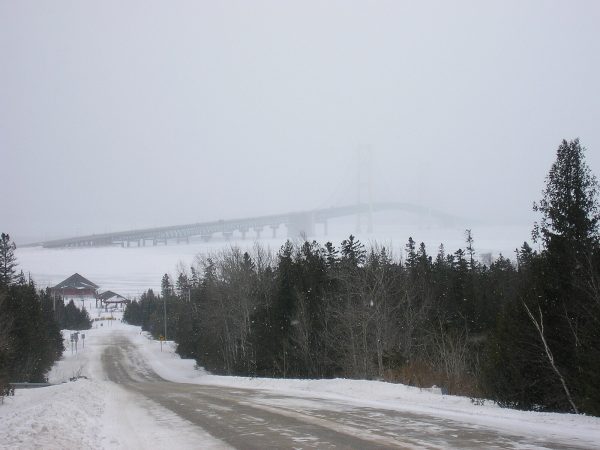The Keystone debate
Environmental activist and college student Natalie Wellen sheds light on the true goal of student protests against the Keystone XL pipeline.
On March 2, several hundred college students were arrested in front of the White House for staging a public protest against the Keystone XL pipeline. The protest was orchestrated by the student run organization, XL Dissent, which is led by nearly sixty students from more than forty-five colleges and universities.
“We want to push against new fossil fuel infrastructure,” explains Natalie Wellen, who is a student at Worcester Polytechnic Institute (WPI). Wellen had hoped to participate in the protest that took place a little more than two weeks ago, but upcoming finals prevented that. However, Wellen has still been able to protest on the campus of WPI, hoping to spread action and awareness regarding the environment.
“Global warming is becoming a really huge issue,” says Wellen. “It’s been scientifically proven that it’s a thing, and if we don’t cut our emissions by 2017, we’ll expose methane crystals buried under the ice.”
The Environmental Protection Agency (EPA) has reported that methane (CH4) has twenty times more impact than carbon dioxide (CO2).
“We don’t know what will happen when that much methane is released into the atmosphere,” says Wellen.
More Issues with Keystone XL
“One problem with Keystone XL is that it’s set to go right through the breadbasket of America,” says Wellen.
However, Trans Canada, which is the company behind Keystone XL, “is committed to minimizing its environmental impact along the proposed route”.
“You’re still putting a pipeline full of oil right through their farms,” reiterates Wellen.
Before the proposed pipeline route, Keystone XL was originally set to pass through the Sand Hills of Nebraska. These ‘hills’ are actually gargantuan sand dunes, and filter rainwater into a groundwater reservoir that feeds into streams and rivers, as well as supports the wide variety of wildlife that lives in the 19,300 square mile area. Due to its being the home of two national forests and three national wildlife refuges, the Keystone XL pipeline was moved and now travels around the Sand Hills.
“You can argue that it’s a lesser evil,” says Wellen. “But no matter where you put it, it’s going to make people sick.”
One town, Fort Chipewyan, or Fort Chip, has experienced a startling 30% increase in cancer among its residents in the past ten years. The town, which is 124 miles downstream from tar sand developments, was part of a government survey which revealed the disquieting figures. Many of the cancers, which are not very common, have been linked to exposure to elements of petroleum and byproducts of the manufacturing of petroleum. Fort Chip has also become the site of cholangiocarcinoma, a type of cancer that is only found in one of one to two hundred thousand people, which is an astonishing frequency in a town of only 1,100 people.
College kids don’t know what they’re doing
Wrong. The general consensus of the mainstream media may be that when the college kids of America gather together to protest an issue, they’re only protesting the issue – nothing else. However, what the opposition sees as a one way ticket to a poor economy, the college students of XL Dissent and other student organizations, such as Students for a Just and Stable Future, which Wellen is a part of, have a solid plan to go along with their protests.

“Our goal is to set an example that will create a stigma around investing in projects like this,” says Wellen. “We could make just as many jobs and create the same economy while investing in solar and wind power.”
However, for states whose economies rely heavily on the manufacturing and mining of fossil fuels like coal, a complete switch over to renewable energy sources would result in total economic failure.
“It’s important to understand that for most of the people out there protesting, it’s not only that we’re against something, but that we also want to build something new,” explains Wellen.
Wellen uses Kentukey as an example of a state whose economy depends in part on coal. Should the coal industry come to a complete halt in a moment, scores of people would lose their jobs and wouldn’t be able to support themselves, let alone those who also have to support families. For students involved in protests against Keystone XL and other fossil fuel projects, it’s not just about creating a clean environment to live in, but to also make sure that people that were in the fossil fuel industry can still earn a salary that will sustain a satisfactory life.

Julie Christie is returning to her third and final year with the CavChron as the Editor-in-Chief and is excited to expand the horizons of the paper. She...







![Dr. Barry teaches his son Benin karate as part of a class he provides for school-aged children across Brookline. “I happen to have [karate classes] thrown into the mix of what I do here, because it’s something that I have to offer,” he says. “I enjoy it, I can do it, and I can offer it freely.” (Courtesy Brian Barry)](https://cavchronline.com/wp-content/uploads/2025/04/Man-of-Many-Talents-Brian-Barrys-Service-to-Brookline.jpg)




